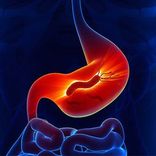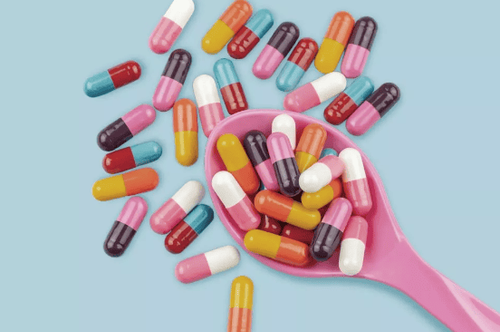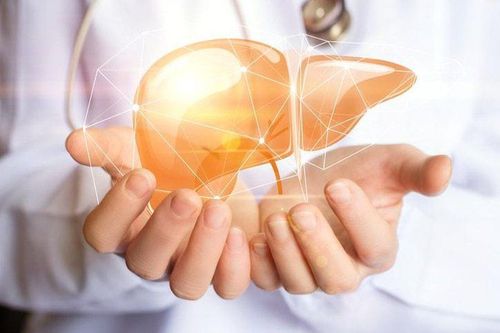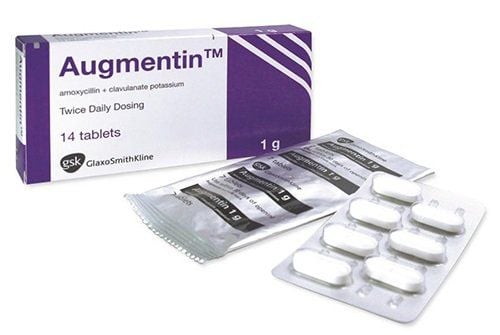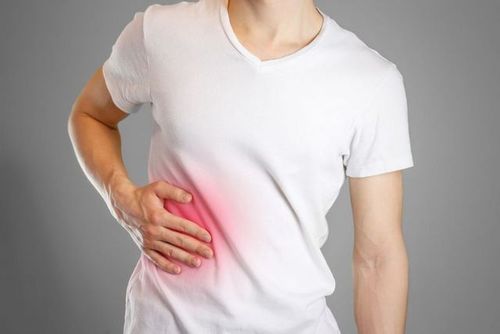Bilaxten belongs to the class of antihistamines and is used systemically for allergic conditions in adults and children over 12 years of age. This medication is effective in treating conditions related to allergic reactions and has a prolonged effect, having been studied to not cause drowsiness in the majority of users.
1. What is Bilaxten 20 mg?
The primary component of Bilaxten is the active ingredient Bilastine 20 mg. Bilastine is a non-sedating antihistamine with a prolonged effect.
When the body encounters an allergen, it releases histamine and other mediators from mast cell via IgE antibodies present in the mucosa and skin. Histamine is responsible for the primary manifestations of allergic reactions such as skin rash, sneezing, runny nose... Therefore, antihistamines are used to treat allergic conditions. These drugs have proven effective in treating allergic symptoms and bilastine is one of them.
2. Uses of Bilaxten 20mg
The main active ingredient bilastine in the drug has been studied to inhibit allergic reactions such as itching, rash, swelling, and erythema (redness of the skin) induced by histamine within 24 hours following administration of a single dose. In addition, clinical trials conducted on adults and adolescents suffering from perennial (year-round) allergic rhinitis have demonstrated that the administration of bilastine of 20 mg once daily for approximately 14 to 28 days is effective in reducing symptoms include sneezing, stuffy nose, runny nose, itchy nose, watery eyes and conjunctival redness (red eye).
Therefore, Bilastine is used in the management of symptoms in people with allergic rhinitis (both seasonal and perennial) or in cases of urticaria (hives).
It is important to note that this medication should not be administered to patients with hypersensitivity to bilastine or any of the excipients in the formulation.
3. Usage and Dosage of Bilaxten 20mg
This medication is used about one hour before meals or two hours after meals with the appropriate dosage:
- For patients over 12 years old: Take 1 tablet of Bilaxten 20 mg once daily. It does not require adjustment for elderly patients or those with kidney impairment.
- For patients with liver impairment: In humans, bilastine is not metabolized by the liver. Results from studies on pharmacotherapy in patients with renal insufficiency indicate that renal excretion is the primary route of elimination of bilastine, while biliary excretion contributes only a minor fraction to its clearance. Changes in liver function are unlikely to significantly affect the pharmacokinetics of bilastine in clinical and do not pose a risk of accumulation of this substance in the bloodstream. Therefore, in these patients, dosage adjustment is not necessary.
- Children under 12 years old are not recommended to use this medication. Currently, there is no evidence supporting the safety of this drug in children under 12 years of age.
4. Considerations when using Bilaxten 20mg
- The medication may cause some adverse effects including headache, dizziness, and fatigue. Occasionally, it may also lead to symptoms such as drowsiness, palpitations (pounding heart), and tachycardia (fast heart rate).
- In patients with severe or moderate kidney impairment, Bilastine should not be used at the same time with P-glycoprotein inhibitors such as ketoconazole, erythromycin, ritonavir, cyclosporin, or diltiazem, as they can increase the concentration of bilastine in the plasma, thereby increasing the risk of adverse reactions.
- Drowsiness is a rare side effect but can still occur. Therefore, drivers and machine operators should exercise caution.
- For pregnant women, there is insufficient data regarding the safety of Bilastine, and its use should be avoided during pregnancy. Similarly, there is a lack of research assessing whether the drug passes into breast milk, so it is advisable to refrain from taking it while breastfeeding.
- Regarding interactions with food and beverages, it has been observed that food can reduce the oral bioavailability of Bilastine by approximately 30%. Therefore, it is recommended to take this medicine away from meals. Additionally, consuming Bilastine 20 mg with grapefruit juice can also decrease the drug's bioavailability by 30%, and similar effects may occur with other fruit juices.
- Bilastine can interact with some drugs such as Ketoconazole, Erythromycin, Diltiazem, and Lorazepam... thus it is advisable to avoid using it with the above drugs.
- In case of overdose: You often experience overdose symptoms when taking a dose of approximately 100 mg over a few days, followed by experiencing symptoms similar to side effects and potentially leading to alterations in the QT interval on an electrocardiogram. In case of overdose, treatment will be based on the patient's symptoms, as there is currently no antidote to bilastine.
- If you miss a dose, take it as soon as you remember and as early as possible. However, if it is too close to the time of the next dose, the missed dose could be skipped.
Bilaxten is a drug used systemically with the main effect of counteracting the histamine produced during the reaction to allergens. In cases of allergies, the best thing to do is to avoid contact with the allergen, but if you do not know the cause of the allergen, you can use antihistamines such as Bilaxten to treat the uncomfortable symptoms.
To arrange an appointment, please call HOTLINE or make your reservation directly HERE. You may also download the MyVinmec app to schedule appointments faster and manage your reservations more conveniently.

